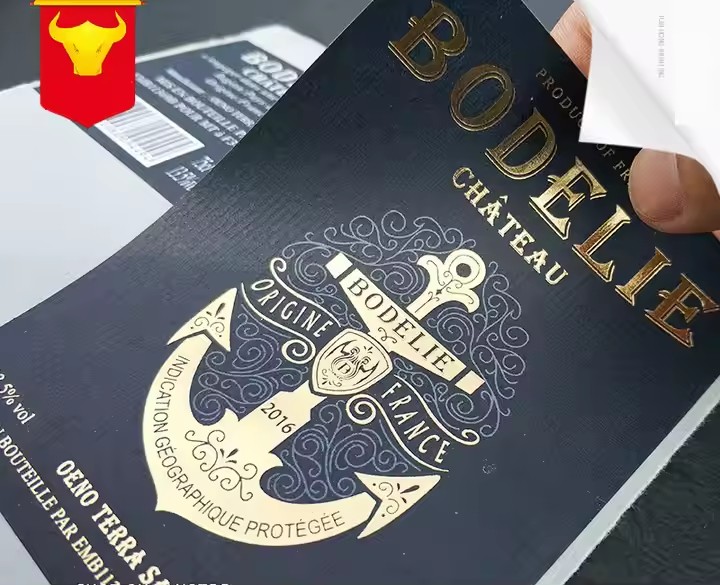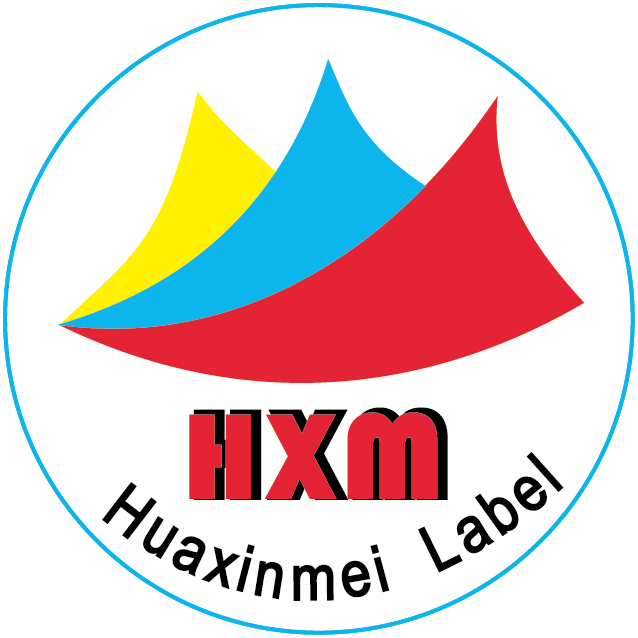Define Brand Positioning and Target Market
Precise Brand Positioning: Thoroughly research the unique selling points of your custom labels, such as eco – friendly materials, unique design styles, or high – level personalized customization. Determine a unique brand position in the overseas market and create a distinct brand image, enabling consumers to clearly perceive the brand’s value and characteristics.
Segment the Target Market: Segment the overseas market based on factors like the culture, consumption habits, and economic levels of different countries and regions. For example, the European and American markets may place more emphasis on design and quality, while some emerging markets may be more price – sensitive. Identify the main target customer groups, such as e – commerce enterprises, brand owners, and retailers, to carry out more targeted marketing activities.

Choose Appropriate Marketing Channels
Build a Professional Website: Create an attractive and user – friendly official English website. Display a wealth of custom label product cases, detailed product information, and the customization process. Optimize the website for search engines (SEO) to ensure that it can be easily found by target customers on mainstream overseas search engines.
Leverage Social Media: Select suitable social media platforms for marketing promotion according to the characteristics of the target market and customer groups. For instance, share beautiful product pictures of custom labels and photos of their usage scenarios on Instagram to attract the attention of fashion brands and retailers. Post industry – related professional articles and company news on LinkedIn to establish connections with corporate customers.
Attend Industry Exhibitions: Actively participate in overseas industry exhibitions related to labels and packaging, such as Interpack in Düsseldorf, Germany. Showcase the company’s latest products and technologies, communicate face – to – face with potential customers, and build cooperative relationships.
Email Marketing: Collect the email addresses of target customers and regularly send valuable emails, such as new product recommendations, promotional activities, and industry news. The email content should be personalized and engaging, avoid being overly commercial, and focus on communication and interaction with customers.
Optimize Marketing Content
Create High – Quality Images and Videos: Invest in creating high – quality product images and videos to showcase the details, craftsmanship, and actual usage effects of custom labels. The images should be clear and beautiful, highlighting the product features. The videos can include the product manufacturing process, customer case sharing, etc., to increase customers’ trust and purchasing desire.
Provide Multilingual Content: Besides English content, provide marketing materials in other languages according to the needs of the target market, such as French, Spanish, German, etc. Ensure that the translations are accurate, natural, and in line with the local language habits and cultural backgrounds, for better communication with local customers.
Share Customer Cases: Collect and organize successful cases of customers using custom labels, and share them through text, images, videos, etc., on channels like websites and social media. The real feedback and positive reviews from customers can effectively enhance the brand’s credibility and influence, attracting more potential customers.
Customer Relationship Management
Provide High – Quality Customer Service: Establish a professional customer service team that can communicate fluently with customers in foreign languages and promptly reply to their inquiries and feedback. Provide comprehensive pre – sales, in – sales, and after – sales services, including product recommendations, customization plan design, installation guidance, etc., to ensure customers have a good experience during the purchase process.

Establish a Customer Feedback Mechanism: Regularly collect customer feedback to understand their satisfaction with products and services and suggestions for improvement. Adjust marketing strategies and product services in a timely manner based on customer feedback to continuously enhance customer loyalty and satisfaction.
Launch a Membership Program: Introduce a membership system, offering members privileges such as points, discounts, and preferential purchase rights. Encourage customers to become members and make repeat purchases. Through the membership program, increase customer stickiness and repurchase rate, and also gain a better understanding of customers’ consumption behaviors and needs.
Collaborate with Local Enterprises
Seek Agents and Distributors: Look for powerful agents and distributors in the overseas market. Utilize their sales channels and market resources to quickly introduce products to the local market. Build good cooperative relationships with agents and distributors, provide necessary support and training, and jointly explore the market.
Cooperate with Brand Owners and Retailers: Take the initiative to establish cooperative relationships with overseas brand owners and retailers, and provide them with custom label solutions. By cooperating with well – known brands, enhance the brand’s popularity and reputation, and also obtain more market opportunities. Actively promote your products and brand, and let more distributors help with publicity to expand the company’s popularity and influence.

Participate in Local Industry Associations: Join local overseas industry associations related to labels and packaging, participate in the activities and exchange meetings organized by the associations, establish connections with peer enterprises, understand local industry trends, policies, and regulations, and enhance the brand’s influence within the local industry. Try to participate in those well – known and influential label industry associations as much as possible, so that more businesses can know about and cooperate with you.


